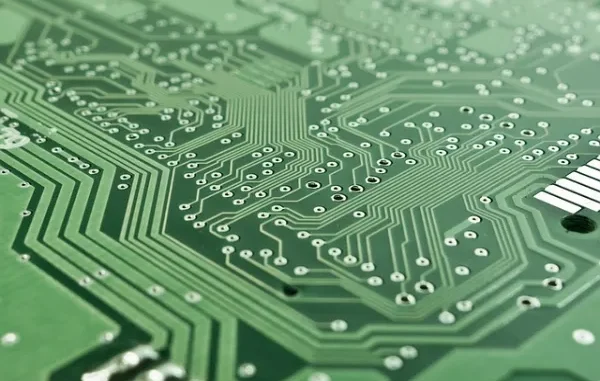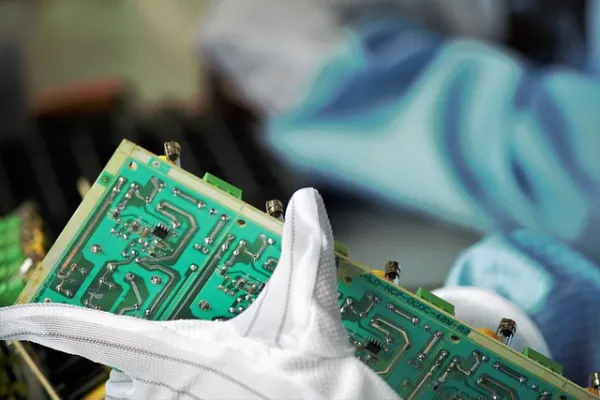
One of the cornerstones of innovativeness in the dynamically developing industry of electronics is PCB design. Designers and engineers are put under the challenge of creating PCBs that are not only effective but also cost-effective, and easy to manage as the overall complexity of the various devices continue to rise and more and more powerful multipurpose circuits are created. Allow me to introduce you to modular hardware, a concept that is as revolutionary as it is now being embraced in PCB design.
In this post, we shall review five specific areas that show the importance and relevance of modular hardware in PCB design board. We will see how this strategy is changing the market, helping perform complex work, and creating conditions for further advanced technological options. Understanding such principles is useful in developing better and easier designs for even beginners practicing PCB design.

1. Simplifying Design Processes
In PCB design, when it comes to the concept of modularity or modular hardware it’s about the breaking down of things into several small units. This method, in fact, involves several benefits that help engineers overcome potential difficulties in things as well as improve design work in numerous ways.
An advantage of modular design is that the project is divided into various components so that several are worked on simultaneously. Designers can isolate themselves and focus on improving one aspect of the system while the other aspects remain unaddressed, unlike in others It is possible to focus more on the particulars with this divide-and-conquer strategy and the results are often more desirable more often than not. It is also like trying to solve a maze; by focusing on one hole at a time, one will in the end find the way through the maze.
2. Enhancing Flexibility and Scalability
One of the main benefits of modular hardware in PCB design is flexibility. With this method, upgrades and changes may be made quickly and easily without having to completely rebuild the system. Similar to a set of building blocks, you can add, take out, or swap out components as necessary to modify your design in response to evolving needs or emerging technology.
This adaptability is especially useful in the rapidly evolving technological environment of today. Products frequently need to change quickly in order to provide new features or to meet market needs. You may quickly upgrade or replace individual modules in a modular system without impacting the system as a whole. The product’s lifespan is increased and time and resource savings are realized with the capacity to make targeted adjustments.
3. Improving Maintainability and Troubleshooting
Any PCB design must prioritize maintainability, and modular hardware shines in this regard. It is considerably simpler to detect and isolate problems as they emerge when various functions are divided into distinct modules. This is like having an automobile where you can immediately identify and fix problems without having to disassemble the entire thing. The parts are readily accessible and replaceable. By simplifying maintenance activities, this method not only saves time but also facilitates efficient performance of necessary repairs or upgrades by professionals with different levels of competence.
Each module in a modular system usually includes functions and interfaces that are clearly specified. The structure and process of the system are easier for maintenance staff to comprehend because of this clarity. Instead of having to make their way through a convoluted, monolithic architecture, they can concentrate on particular modules while troubleshooting.
4. Facilitating Parallel Development and Testing

Parallel development is one of the greatest advantages associated with the implementation of modular hardware in PCB design. For PCB design engineer, this approach allows complex systems to be broken down into simpler structures, enabling different teams or individuals to work on various parts of the system simultaneously. This method is akin to a great concert: before the actual orchestras take the stage, they practice their own parts separately during rehearsals. Not only does this enhance overall efficiency, but it also allows PCB design engineers to dedicate more time to each module.
The total time to market for new items can be significantly shortened with this concurrent development approach. Modular design enables the parallel development of several components as opposed to a linear design process where one component must be finished before going on to the next. When time is of the essence for huge, complex tasks, this can be especially helpful. It is analogous to building a house where multiple teams can work concurrently on the walls, roof, and foundation instead of having to wait for each task to be finished before moving on to the next.
Moreover, this methodology facilitates more agile development techniques, enabling modifications and enhancements to certain modules without interfering with the project’s overall schedule. In addition, it makes better resource allocation possible by allowing teams to be allocated to modules according to their availability and area of expertise. This maximizes output and reduces bottlenecks in the development process.
5. Enhancing Cost-Effectiveness and Resource Utilization
Any PCB design project must take cost effectiveness into account, and modular hardware has various benefits in this regard. Over the course of a product or product line, designers can frequently realize significant cost savings by decomposing complicated systems into smaller, reusable modules.
Reusing components is one of the main ways modular architecture lowers costs. A module can be applied to several products or revisions of the same product once it has been built, tested, and proved. Because of its reusability, there’s no need to start from scratch with every project, which saves time and money.
Additionally, industrial savings of scale might result from modular design. Modules can be created in greater quantities when they are reused across many goods, which could reduce the cost per unit. Because fewer distinct components need to be purchased and stocked, this standardization can help streamline the inventory management and supply chain processes. It’s similar to bulk buying in daily life in that you may often save money by buying greater quantities of essentials rather than numerous tiny amounts of various goods.
Conclusion
In the realm of PCB design, modular hardware has emerged as a powerful approach for tackling complexity and driving innovation. The semiconductor leader and designers alike can produce solutions that are more adaptable, scalable, and effective by decomposing complex systems into smaller, reusable components. The transformative potential of this approach is highlighted by the five main points we have explored: streamlining design processes; increasing flexibility and scalability; improving maintainability and troubleshooting; facilitating parallel development and testing; and enhancing cost-effectiveness and resource utilization.






Leave a Reply